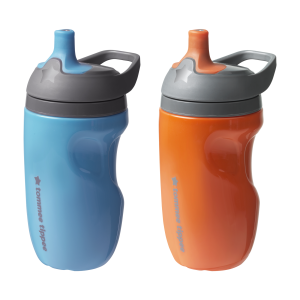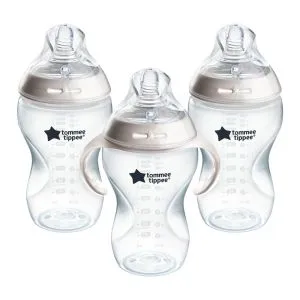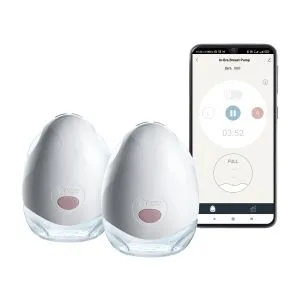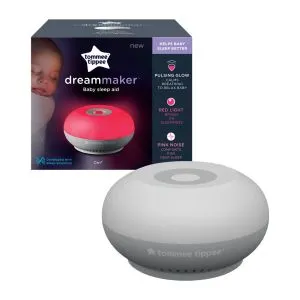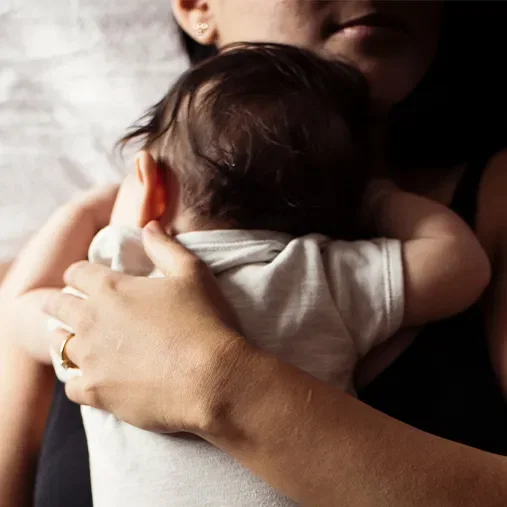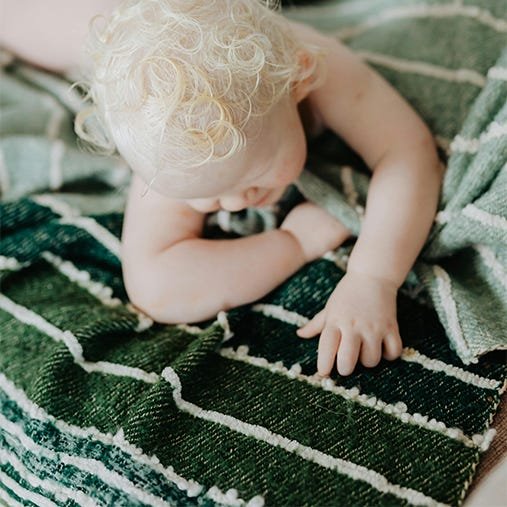Bathing your newborn for the first time is one of the earliest milestones you reach as a parent, and for some, it's a daunting one!
Little ones often take a while to get used to bath time, so there may be some tears to start with. Don't worry though, not only is it necessary, but over time, bath time will become an enjoyable bonding experience for everyone involved.
This guide is here to give you the low-down on everything you need to know about bathing a newborn baby.
When should you give your baby their first bath?
It's up to you as a parent to choose when to give your new baby their first bath. But it's advised that parents wait until their little one's umbilical cord stump falls off to give them what we usually think of as a bath.
In the meantime, you can wash their little one's face, neck, hands, and bottom once a day using pieces of cotton wool and warm water while they're wrapped up snugly in a towel. This is sometimes known as 'top and tailing'.
Their umbilical cord stump should be given time to dry up and fall off on its own - this usually takes a few weeks. Once it falls off, you can then transition from 'top and tail' sponge baths to actual baths in the sink or a specially designed baby bath.
How often do newborns need to have a bath?
Bathing your newborn baby twice or three times a week is enough. It's good to note that bathing them too frequently can dry out their sensitive skin, but you should make sure that you wash your baby's face, neck, hands and bottom daily, and thoroughly clean them after each nappy change.
What's the best time of day to bathe a newborn baby?
It's advised that you don't bathe your baby immediately after a feed or when they're hungry. But, in terms of timing, you can bathe your newborn whenever works best for you and your unique routine, as long as they're awake and content.
Do I need to use any products in my baby's first bath?
There's no need to use soap or add any cleansers or bubble bath to your newborn's baths, and experts advise washing your baby's skin using only plain warm water for the first month.
Once they're a little older, it's important that the products you choose are used sparingly - a little goes a long way! Baby care products should also be mild and free from alcohol, perfume, and artificial colourings.
What do you need for baby bath time?
Before you get going with your first newborn bath, make sure the room is warm enough with no cold draughts, and that you have these essentials to hand...
- Something to bathe your baby in like a special baby bath or a clean washing-up bowl
- Two towels
- A small sponge (for a bath) or some cotton wool (for top and tailing)
- A clean nappy
- A set of clean clothes
A step-by-step guide to your baby's first bath
Top and tailing
- To get started, hold baby in your lap or lie them on their changing mat. They can wear a vest and nappy, and be wrapped up snugly in a soft towel.
- Dunk a piece of the cotton wool in warm water so that it's damp but doesn't drip.
- First, gently wipe around baby's eyes from their nose outwards and use a fresh piece of cotton wool for each eye.
- Then, take some more cotton wool and wipe around baby's ears, but not inside them. You shouldn't even put cotton buds into your baby's ears.
- Next, you can use the same technique to wash the rest of their face, neck and hands.
- Then, you can take of baby's nappy and wash the area with a fresh piece of damp cotton wool.
- Finally, you can gently dry your baby's skin (be sure to dry in all the creases of their joints) and then pop on a clean nappy and a fresh set of clothes, and you're all done!
Bathing your newborn in a bath
Please note, that it's important that you never leave your baby unattended in the bath no matter how shallow the water is, even for a second.
- First, you'll need to fill the baby bath with water to a depth of around five to eight centimetres, and stir it to make sure there're no spots that're too hot or cold.
- The next important step is to check the water's temperature using your wrist or elbow. The water should feel warm, but not hot. For extra reassurance, you can use a bath thermometer. For most babies and children, a bath temperature of around 98°F-100°F is perfect.
- Then, hold baby on your lap and clean their face with a wet piece of cotton wool. Start at their nose and move outwards, cleaning around their eyes. You should use a fresh piece of cotton wool for each eye, and then two more pieces to wipe around each ear.
- Next, hold them over the bath or bowl, and if they have hair, you can gently rinse it with plain water from your cupped hand.
- Once their hair is clean, you can gently dry it, and then take off their nappy and wipe the area.
- Then, slowly lower your baby gently into the bath or bowl while supporting their head and bottom. Once they're in the bath, you should always keep them supported with your non-dominant hand, and keep their head out of the water.
- Gently wash water over your baby's body with your free hand or a small, soft sponge.
- Finally, you can lift your little one out of the bath and dry them with a fresh towel, being sure to dry in all the creases and folds of the skin.
